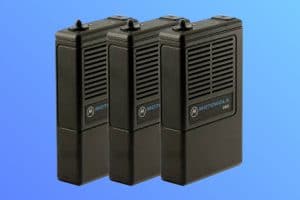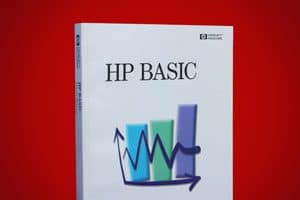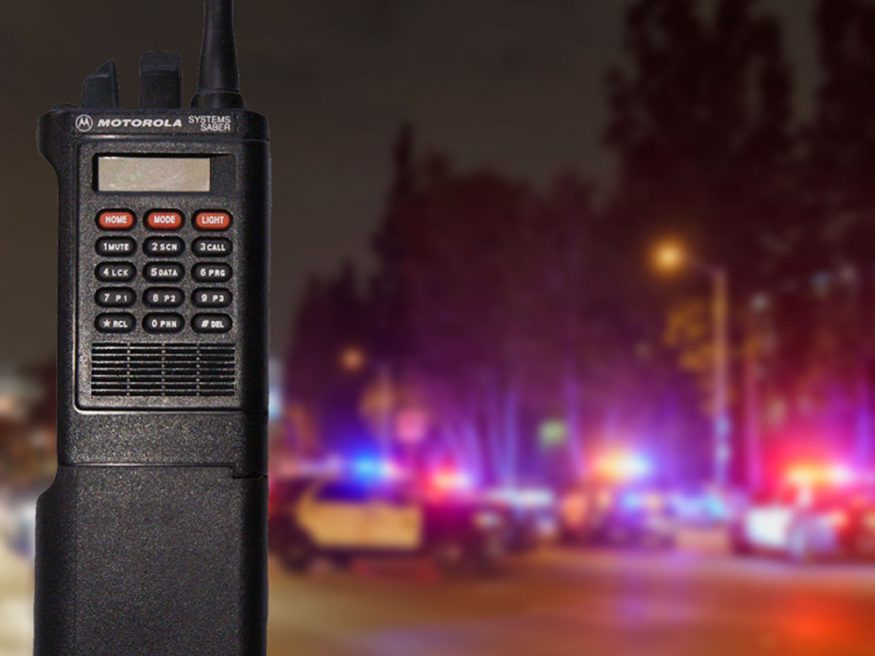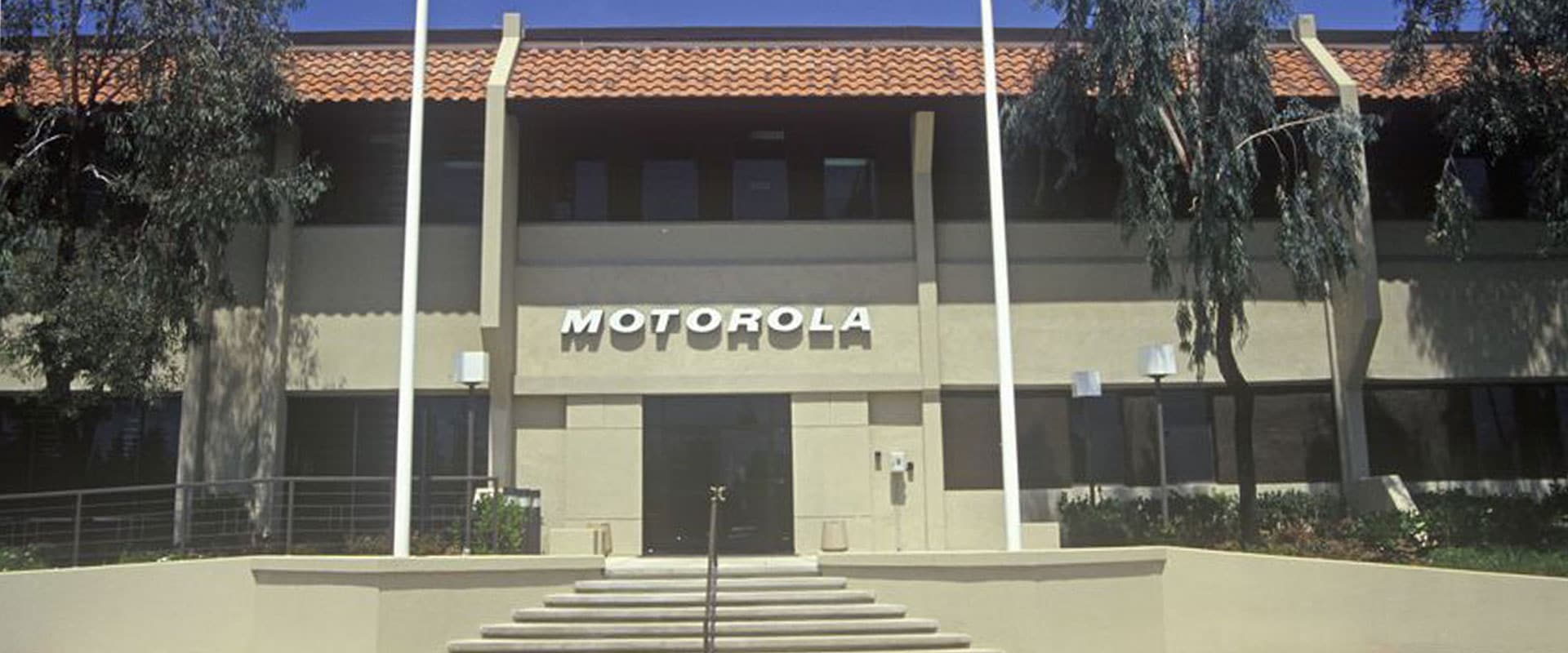MOTOROLA BEGINNINGS
Initially assigned to design and develop a low-cost pager for the European fire and safety markets, this experience gave me a good understanding of Motorola’s standard methodology for developing, manufacturing and shipping their communication products. After successfully completing this project, a need emerged to reduce product development time by replacing much of the manual product testing with a software controlled automated test system. Since I was already familiar with the required product specifications and measurement techniques, I took on the challenge to develop Motorola’s first automated radio test system in South Florida.









